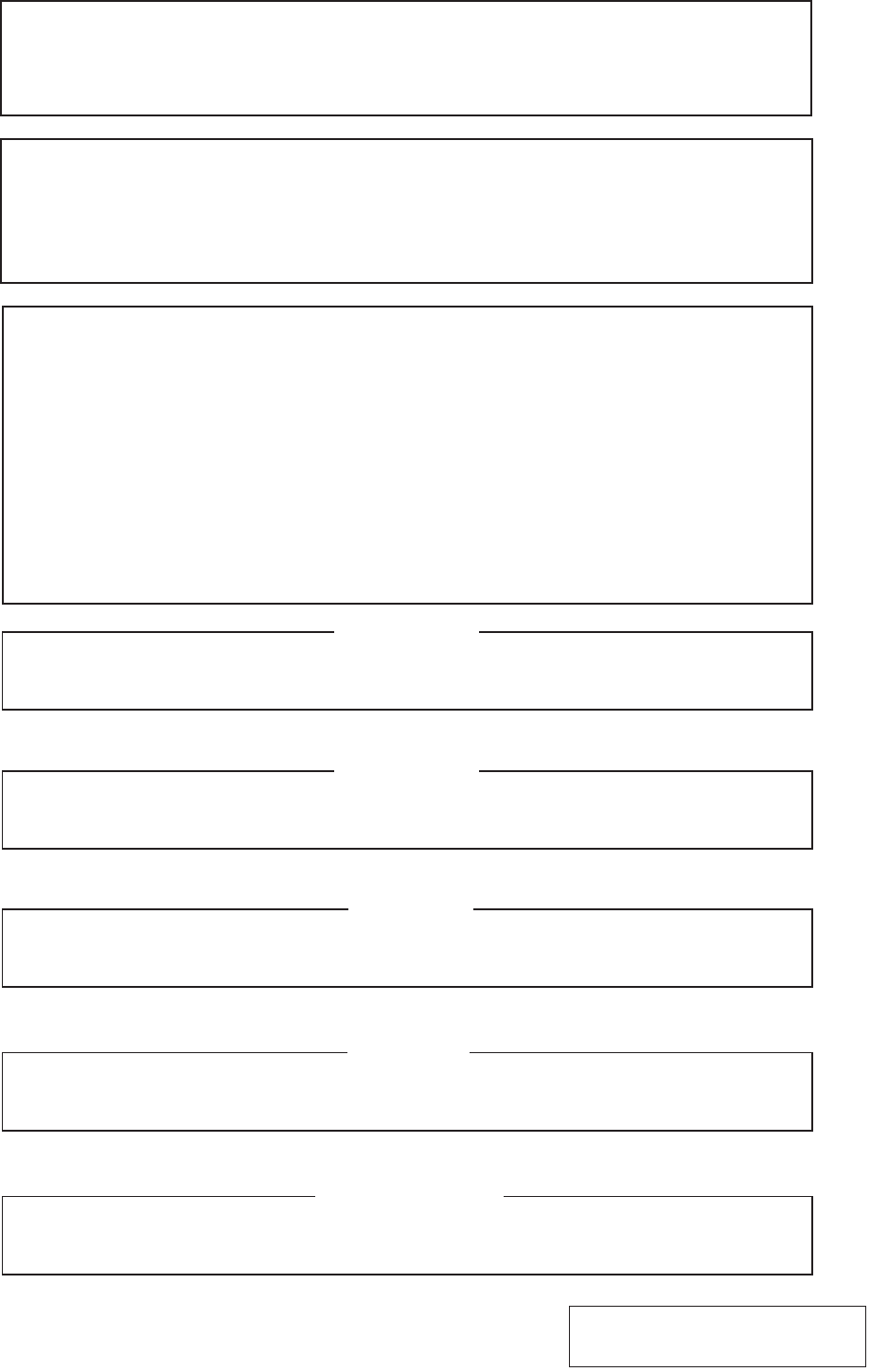
Copyright © 1997
by TEC CORPORATION
All Rights Reserved
2-6-13 Nakameguro, Meguro-ku, Tokyo, JAPAN
Copyright © 2001
by TOSHIBA TEC CORPORATION
All Rights Reserved
570 Ohito, Ohito-cho, Tagata-gun, Shizuoka-ken, JAPAN
CE Compliance (for EU only)
This product complies with the requirements of EMC and Low Voltage Directives includ-
ing their amendments.
Caution:
For U.S and Canada, use a UL Listed or Recognized, ITE or Class 2 power supply unit
having a L-shaped output connector.
For Europe, use a CE marked ITE or Class 2 power supply unit having a L-shaped output
connector.
Rated output of the power supply unit shall be 12 Vdc –10% 800 mA or more.
WARNING
This is a Class A product. In a domestic environment this product may cause radio interference
in which case the user may be required to take adequate measures.
ATTENTION
Ce produit est de classe A. Dans un environnement domestique, il peut causer des interférences
radio. Auquel cas, l’utilisateur sera amené à prendre les mesures adéquates.
Warnung
Dies ist ein Klasse A Produkt. In einer örtlichen Umgebung kann dieses Gerät Funkstörungen
verursachen.
Atención
Este es un producto de la clase A. En ambientes domésticos éste producto puede causar radio
interferencias en cuyo caso el usuario deberá tomar las medldas oportunas.
VERWITTIGING
Dit is een klasse A produkt. Het gebruik hiervan kan radio interferenties veroorzaken die de
gebruiker ertoe kunnen dwingen sommige maatregelen te moeten treffen.
FCC Notice (for USA only)
This equipment has been tested and found to comply with the limits for a Class A digital
device, pursuant to Part 15 of the FCC Rules. These limits are designed to provide
reasonable protection against harmful interference when the equipment is operated in a
commercial environment. This equipment generates, uses, and can radiate radio fre-
quency energy and, if not installed and used in accordance with the instruction manual,
may cause harmful interference to radio communications.
Operation of this equipment in a residential area is likely to cause harmful interference in
which case the user will be required to correct the interference at his own expense.
Changes or modifications not expressly approved by manufacturer for compliance could
void the user's authority to operate the equipment.


















